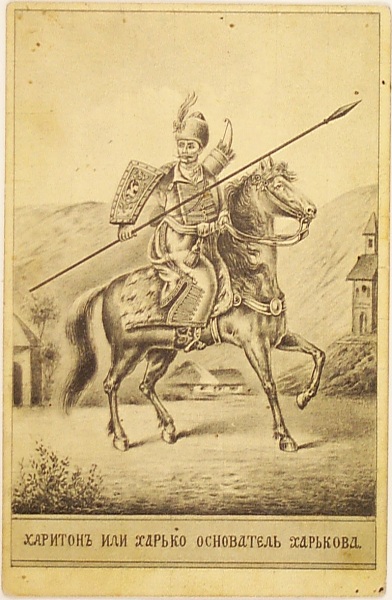Kharkiv
 Kharkiv, also known as Kharkov, below.}} is the second-largest city in Ukraine. Located in the northeast of the country, it is the largest city of the historic region of Sloboda Ukraine. Kharkiv is the administrative centre of Kharkiv Oblast and Kharkiv Raion. Prior to the Russian invasion of Ukraine in early 2022, it had an estimated population of 1,421,125.
Kharkiv, also known as Kharkov, below.}} is the second-largest city in Ukraine. Located in the northeast of the country, it is the largest city of the historic region of Sloboda Ukraine. Kharkiv is the administrative centre of Kharkiv Oblast and Kharkiv Raion. Prior to the Russian invasion of Ukraine in early 2022, it had an estimated population of 1,421,125. Founded in 1654 as a Cossack fortress, by late 19th century Kharkiv had developed within the Russian Empire as a major commercial and industrial centre. From December 1919 to January 1934, Kharkiv was the capital of the Ukrainian Soviet Socialist Republic. During this period migration from the distressed countryside and a relaxation of restrictions on Ukrainian cultural expression changed the city's ethnic complexion: Ukrainian replaced Russian as the largest recorded nationality. It was the sixth largest city in the Soviet Union during its existence.
Kharkiv has been a major cultural, scientific, educational, transport, and industrial centre in independent Ukraine. Among its principal landmarks are the Annunciation and Dormition cathedrals, the Derzhprom building in Freedom Square, the Kharkiv Railway Station, the National University of Kharkiv, and the Kharkiv Tractor Factory (HTZ). Machinery, electronics and military hardware have been the leading industries.
In March and April 2014, the city saw both pro-Russia and pro-Ukrainian demonstrations, and an aborted attempt by Russian-backed separatists to seize control of the city and regional administration. Kharkiv was a major target for Russian forces in the eastern Ukraine campaign during the 2022 Russian invasion of Ukraine before they were pushed back to the international border. The city remains under intermittent Russian fire, with reports that by April 2024 almost a quarter of the city had been damaged or destroyed. Provided by Wikipedia
-
1